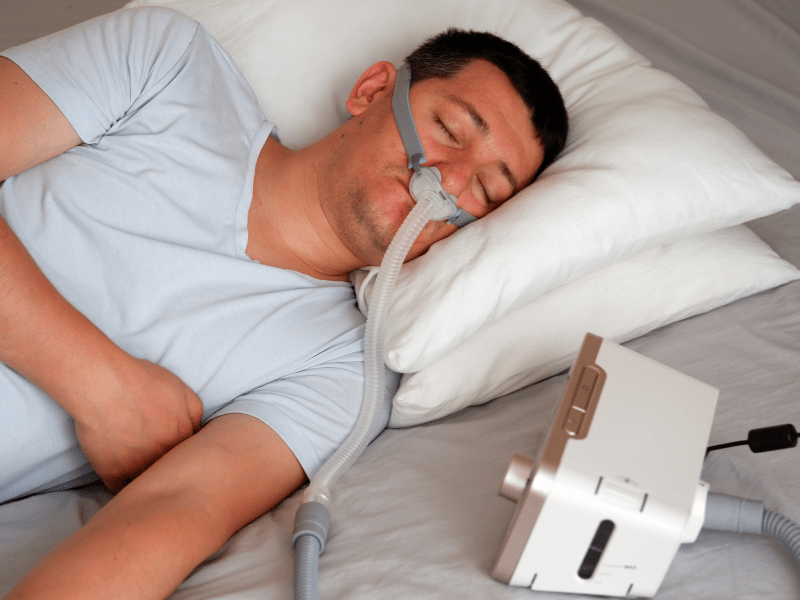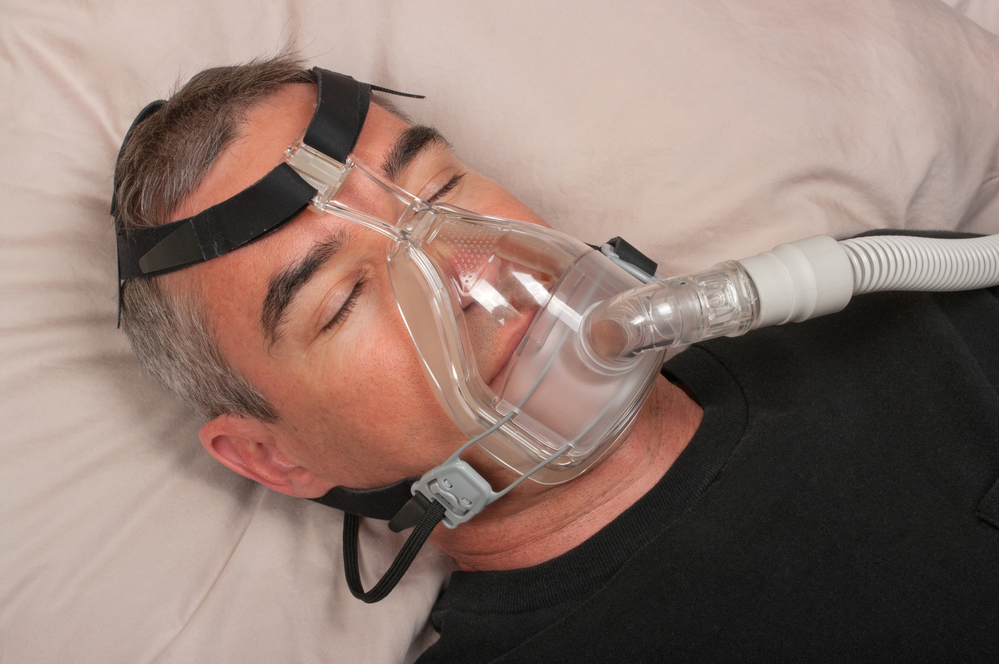Check Out High-End BiPAP Rental Units at Affordable Rates
Check Out High-End BiPAP Rental Units at Affordable Rates
Blog Article
Bipap vs. CPAP: Which Is the most effective for Your Rest Problem?
When browsing the intricacies of rest conditions, the option in between BiPAP and CPAP therapy is an important factor to consider. Each modality offers one-of-a-kind advantages tailored to details conditions, yet the choice depends upon private person demands and comfort levels. While CPAP provides a constant air movement ideal for obstructive sleep apnea, BiPAP's dual stress setups might improve comfort for those with even more complex respiratory issues. Understanding these differences can substantially impact treatment efficacy, leaving one to contemplate which choice really straightens with their health and wellness demands and lifestyle.
Recognizing Rest Disorders
Sleep problems encompass a series of conditions that disrupt regular sleep patterns, impacting both the quality and duration of rest. These disorders can materialize in numerous types, consisting of sleep problems, rest apnea, narcolepsy, agitated leg disorder, and parasomnias. Each condition presents special obstacles, often leading to considerable daytime exhaustion, cognitive impairment, and psychological disruptions.
Insomnia is defined by trouble falling or staying asleep, while rest apnea entails repeated interruptions in breathing during sleep, commonly bring about fragmented remainder. Narcolepsy, on the other hand, is noted by extreme daytime drowsiness and sudden sleep attacks. Uneasy leg disorder causes unpleasant feelings in the legs, motivating an irrepressible urge to move them, which can also prevent the ability to sleep.
The effect of sleep conditions prolongs beyond private health and wellness, affecting general efficiency, partnerships, and high quality of life. Recognizing the details nature of each problem is important for reliable medical diagnosis and therapy. As rest wellness comes to be increasingly recognized as a vital part of general well-being, dealing with these disorders is important for enhancing both rest quality and everyday performance.
Just How CPAP Functions
Continuous Favorable Air Passage Pressure (CPAP) therapy is often employed as a main treatment for obstructive sleep apnea (OSA) The mechanism of CPAP includes using a maker that provides a consistent stream of air via a mask put on throughout sleep. This air flow maintains favorable pressure in the air passage, avoiding the collapse or obstruction of the throat that can occur during sleep.
When an individual takes in, the CPAP machine supplies a continuous flow of air, guaranteeing that the airway stays open - BiPAP Rental. This not only alleviates the signs and symptoms of OSA, such as snoring and interrupted sleep patterns, however additionally lowers the involved health and wellness dangers, consisting of cardio difficulties and daytime tiredness
The stress settings on a CPAP machine can be personalized to meet private person requirements, often established through a sleep research. Clients commonly undergo titration researches to find the optimum stress level for their distinct problem. Regular follow-up and adjustments may be essential to make certain efficiency and convenience. Overall, CPAP treatment has actually been revealed to considerably boost the top quality of sleep and general health and wellness for individuals dealing with obstructive rest apnea.
Just How BiPAP Functions
BiPAP, or Bilevel Positive Airway Stress, is a customized form of non-invasive air flow that is particularly beneficial for individuals with problems such as complicated sleep apnea or breathing disorders. Unlike CPAP, which delivers a continuous stream of air at a single pressure, BiPAP provides two unique pressure settings: a greater inspiratory stress for breathing and a lower expiratory stress for exhalation. This dual-pressure strategy permits less complicated breathing, lowering the effort needed throughout exhalation.
The gadget runs via a mask fitted over the nose or mouth, attached to a maker that produces air stress. When the patient inhales, the device supplies the higher stress to aid with air flow, making sure that the respiratory tract stays open. Upon exhalation, the device instantly minimizes the pressure, making it a lot more comfy for the person to take a breath out.

Key Differences In Between BiPAP and CPAP

In contrast, BiPAP (Bilevel Positive Respiratory tract Stress) provides 2 different stress settings: one for inhalation and a lower one for exhalation. This dual stress system permits more comfortable breathing, especially for clients that have a hard time with breathing out against a continuous stress. BiPAP is often recommended for individuals with intricate sleep apnea, persistent obstructive pulmonary condition (COPD), or those who call for extra assistance throughout rest.
Additionally, the intricacy of BiPAP tools generally leads to a greater cost and calls for more careful titration than CPAP. BiPAP Rental. Comprehending these essential differences can help in identifying which device might be much more appropriate for particular sleep conditions, setting the groundwork for informed treatment choices
Picking the Right Therapy
How can one figure out one of the most ideal treatment for managing sleep conditions? The decision between BiPAP and CPAP treatment largely depends upon the specific qualities of the sleep problem, the person's overall health, and their convenience with the tool. CPAP, which provides a continuous stream of air, is typically recommended for obstructive sleep apnea (OSA) It maintains an open respiratory tract throughout sleep, successfully review stopping hypopneas and apneas.
On the other hand, BiPAP supplies two degrees of pressure: one for breathing and a lower one for exhalation. This dual pressure system is useful for patients with intricate sleep apnea or those that experience problem breathing out against a continual pressure. Furthermore, BiPAP is commonly recommended for people with respiratory problems, such as persistent obstructive pulmonary illness (COPD), where differing pressure setups can enhance comfort and compliance.
Inevitably, a complete assessment by a sleep specialist, including a rest study, can assist establish which therapy lines up ideal with the client's demands. Factors such as comfort, simplicity of usage, and particular clinical problems need to likewise be considered to enhance therapy results.
Verdict
In recap, both BiPAP and CPAP offer distinct objectives in the monitoring of rest problems. CPAP is reliable for obstructive rest apnea with consistent air flow, while BiPAP provides double pressure settings that improve convenience for those with complicated rest apnea or respiratory system concerns. The option in between these find more information treatments need to be led by specific demands and problems, demanding a thorough evaluation by a sleep specialist to make certain optimal therapy end results and improved top quality of rest.

Generally, CPAP treatment has actually been revealed to significantly enhance Discover More Here the top quality of rest and overall health and wellness for people experiencing from obstructive rest apnea.
BiPAP is often suggested for individuals with intricate rest apnea, chronic obstructive pulmonary illness (COPD), or those that need added support throughout rest.
CPAP is effective for obstructive sleep apnea with consistent air movement, while BiPAP supplies twin stress setups that enhance comfort for those with complicated sleep apnea or respiratory concerns.
Report this page